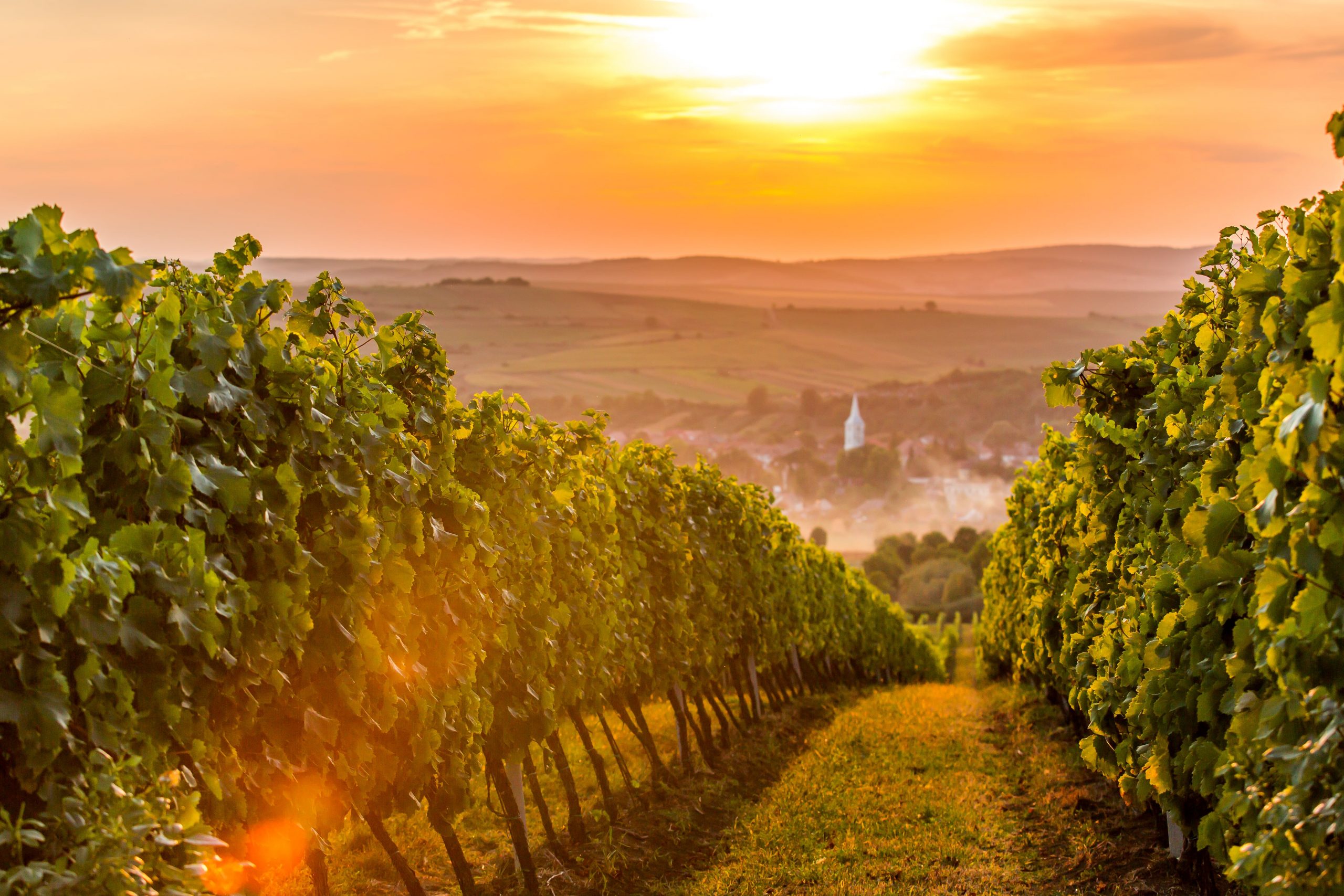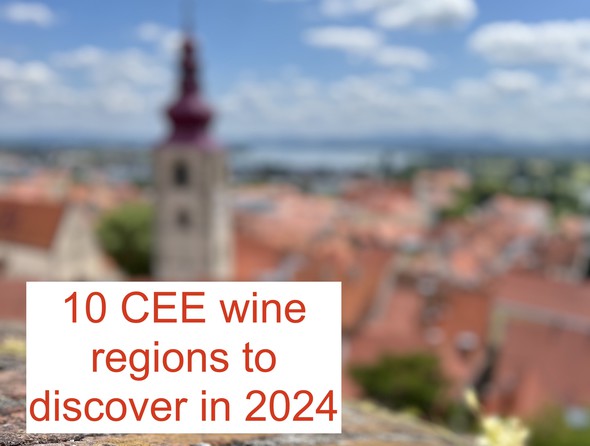Transylvania is the new Tuscany, say the Romanians. No, that's the northern shore of Lake Balaton, counter the Hungarians. Slovenians know well that Jerusalem-Ormoz is in fact the new Tuscany, but what if we stopped making comparisons that lead nowhere and instead looked for the wine regions' own identities?
I must admit that the idea came from an article by my friend Davide Bortone, who was not afraid to recommend an Austrian, a Hungarian and a Romanian wine region to Italian wine lovers, a thousand thanks and thanks to him! People love lists anyway, they can give you a good starting point for planning, and some of the wine regions presented are ones that you might never go to without a list, but it's worth it! So let's see what I recommend for your consideration in 2024:
1. Modré hory VOC - Czech Republic
When people think of the Czech Republic, they don't think of wine, they think of beer. Even among wine lovers, Mikulov and white wines are more popular. Well, the VOC Modré hory region includes five villages in total - Kobylí, Vrbice, Bořetice, Němčičky and Velké Pavlovice - and the special thing about it is that the whole protection of origin was created for red wines, and especially for Frankovka (Blaufränkisch). Silky tannins, fruity flavours, rosés and reds, Pinot Noir, Svatovavřinecké (St. Laurent), Portugieser and of course Frankovka. The region is just half an hour from Brno, but also close to the Slovakian border, Bratislava and Vienna.
Some recommended producers are Stapleton&Springer, J.Stávek, Horák, Syfany
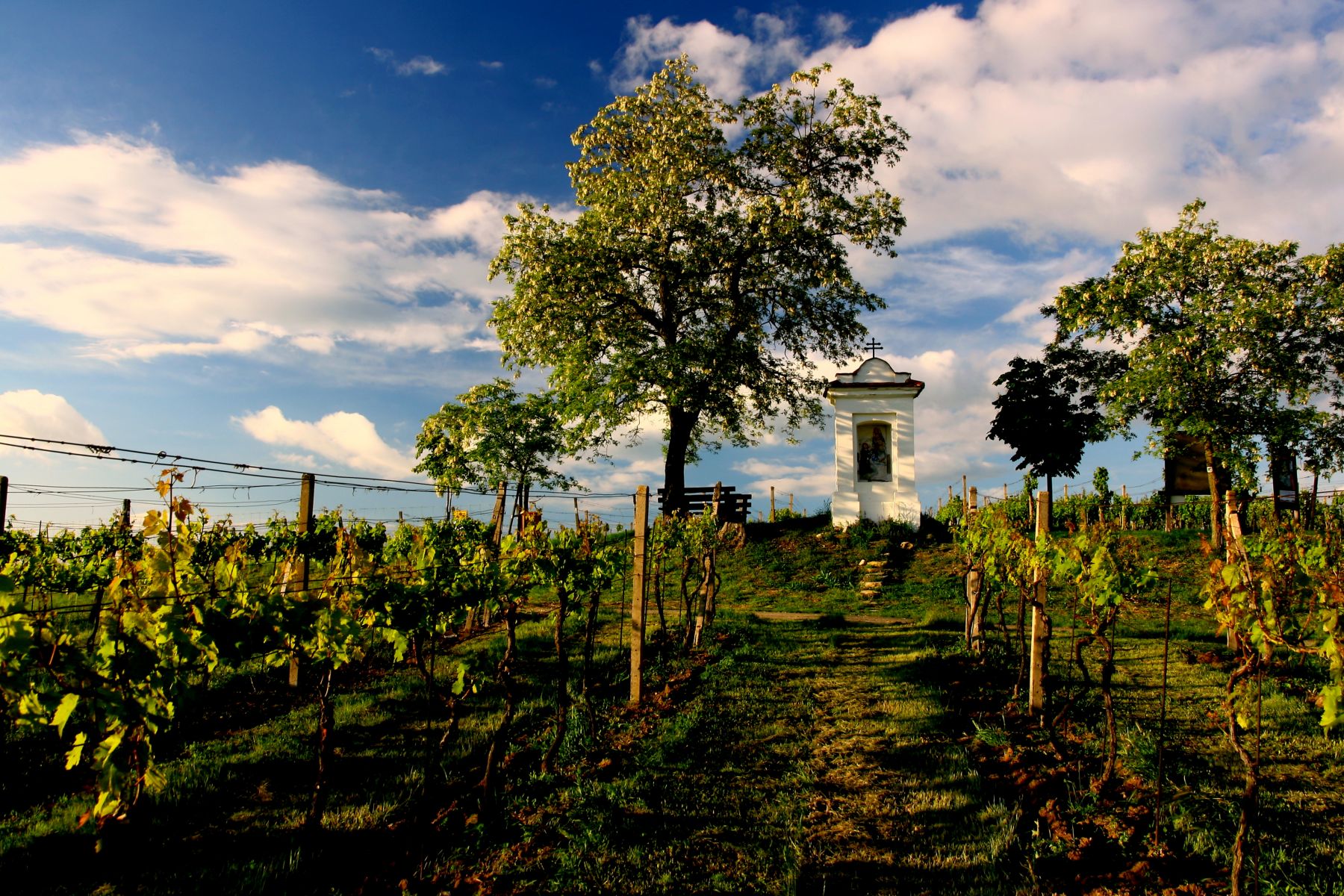
2. Around Plovdiv - Bulgaria
Bulgaria is the former land of the Thracians and Plovdiv is their former capital, the oldest continuously inhabited city in Europe. The Thracians were followed by the Greeks, then the Romans, then Byzantium, then the Bulgarians, who of course did not speak Slavic at that time, but a dialect of Turkish, but that did not stop them from creating a vast empire. Today's Bulgarian wine regions are not very complicated: the Danube plateau in the north, the Struma Valley south of Sofia as far as Melnik, the Rose Valley in the centre of the country, the Black Sea region on the coast in the east, and Thrace south and south-east of Plovdiv. The most important grape variety here is Mavrud, which is typically used to produce high alcohol, full-bodied, long-aged red wines, sometimes with a significant sweetness of alcohol and chocolate and prune flavours. And Plovdiv is one of the most atmospheric cities in the world, with enough to see for several days!
Some recommended producers are Zagreus, Dragomir, Villa Yustina
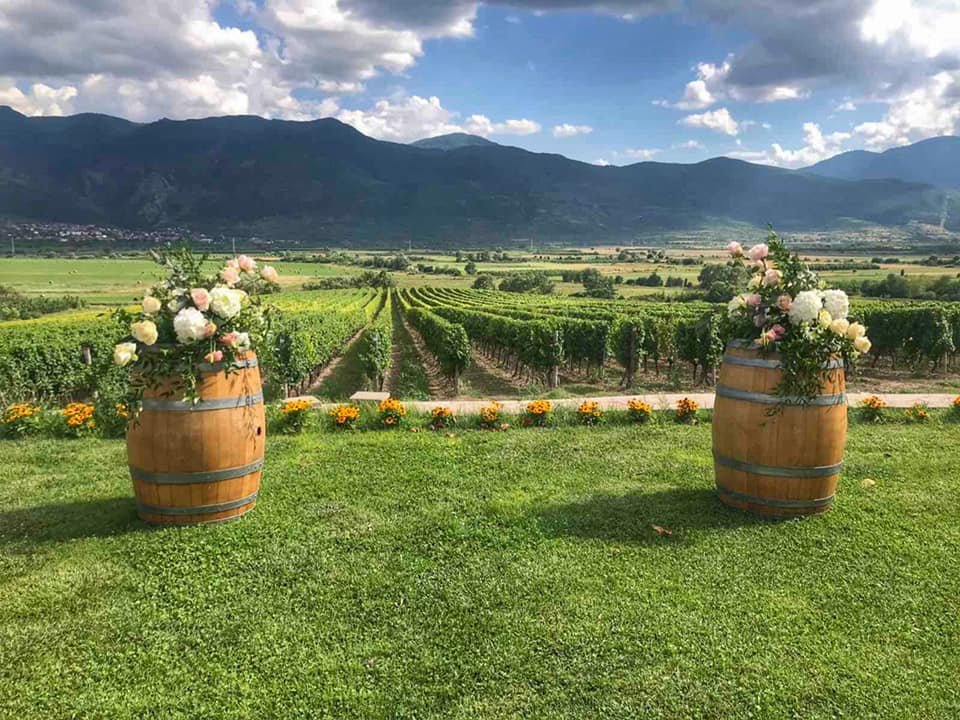
3. Leithaberg DAC - Austria
The Leitha Range are just like any of the low mountains in the World, which most of the world's population prefer to define as hills. The vineyards are mainly spread out on its eastern slopes, meaning they overlook Lake Neusiedl and surround one of the most important nests of the Esterházy family, Eisenstadt. There is a restaurant and a wine bar in the castle, but the winery that bears the family's name is also at the top end of the range. It is a beautiful landscape, with rolling hillsides, top restaurants, sailing on the lake and cycle paths through the area, and the former free royal town of Rust, where some of the world's best sweet wines are produced, is a crown jewel in the wine region. The first mention of Ruster Ausbruch predates Tokaji Aszú, and Furmint was first mentioned on the shores of Lake Neusiedl several hundred years earlier than in Tokaj. Nowadays, however, it is not the main grape variety, but Welschriesling, Pinot Blanc and Chardonnay, and in reds, Blaufränkisch.
Some recommended producers are Esterházy, Leo Hillinger, Mad, Heidi Schröck & Söhne
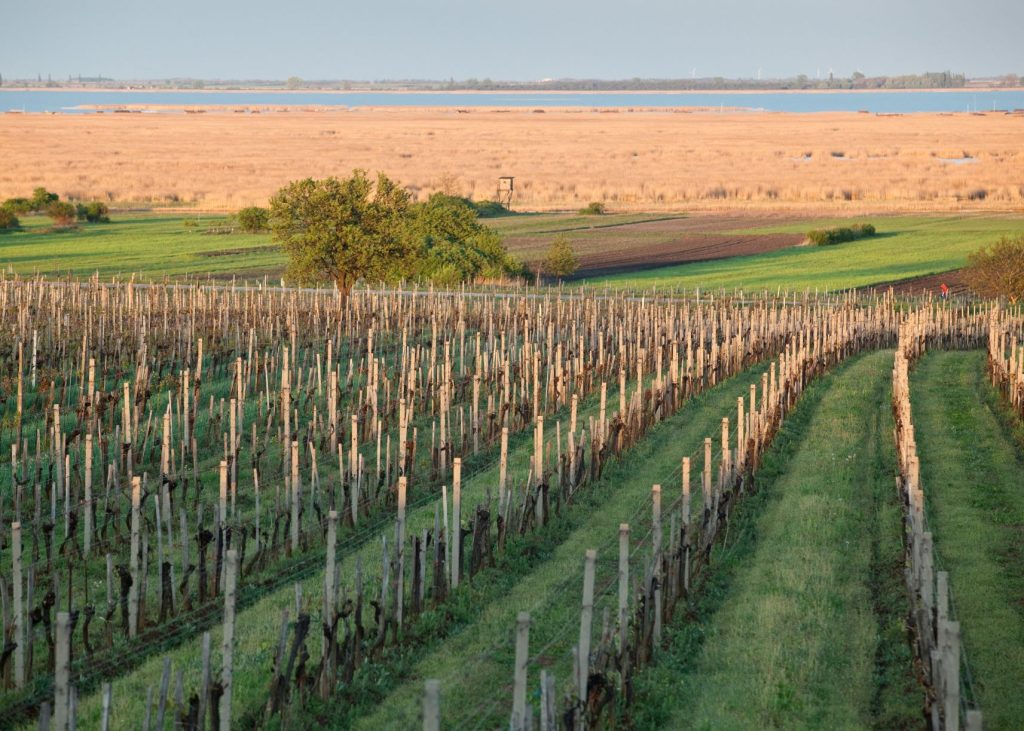
4. Around Topola - Serbia
Šumadija is not the most important Serbian wine region. Nor is it the largest. Nor is it the best known. It is not the region with the oldest history. Perhaps not even the most beautiful. There are no big cities nearby, Belgrade is 70km away, but the hilly mountain roads are slow going. Yet most Serbs are emotionally attached to Topola and Mount Oplenac. Why? Well, it's where King Peter I of Serbia founded a winery, and next to it a huge church and mausoleum, so it's a quasi-pilgrimage site, you can even wander into the former royal winery! And the "recipe" for the famous wines of the time was preserved by the last vintner and passed on to the first private winery to start up after the regime change, Aleksandrović. Topola is a charming town, with the Church of St George and the Karadjordjevic Mausoleum on top of Oplenac Hill a must-see, and next door, in the centre of town, in a charming old mansion, the town has a café and wine bar-vinotheca, with only wines from the region.
Some of the recommended producers are Matijašević, Aleksandrović, Draganić, Arsenijević
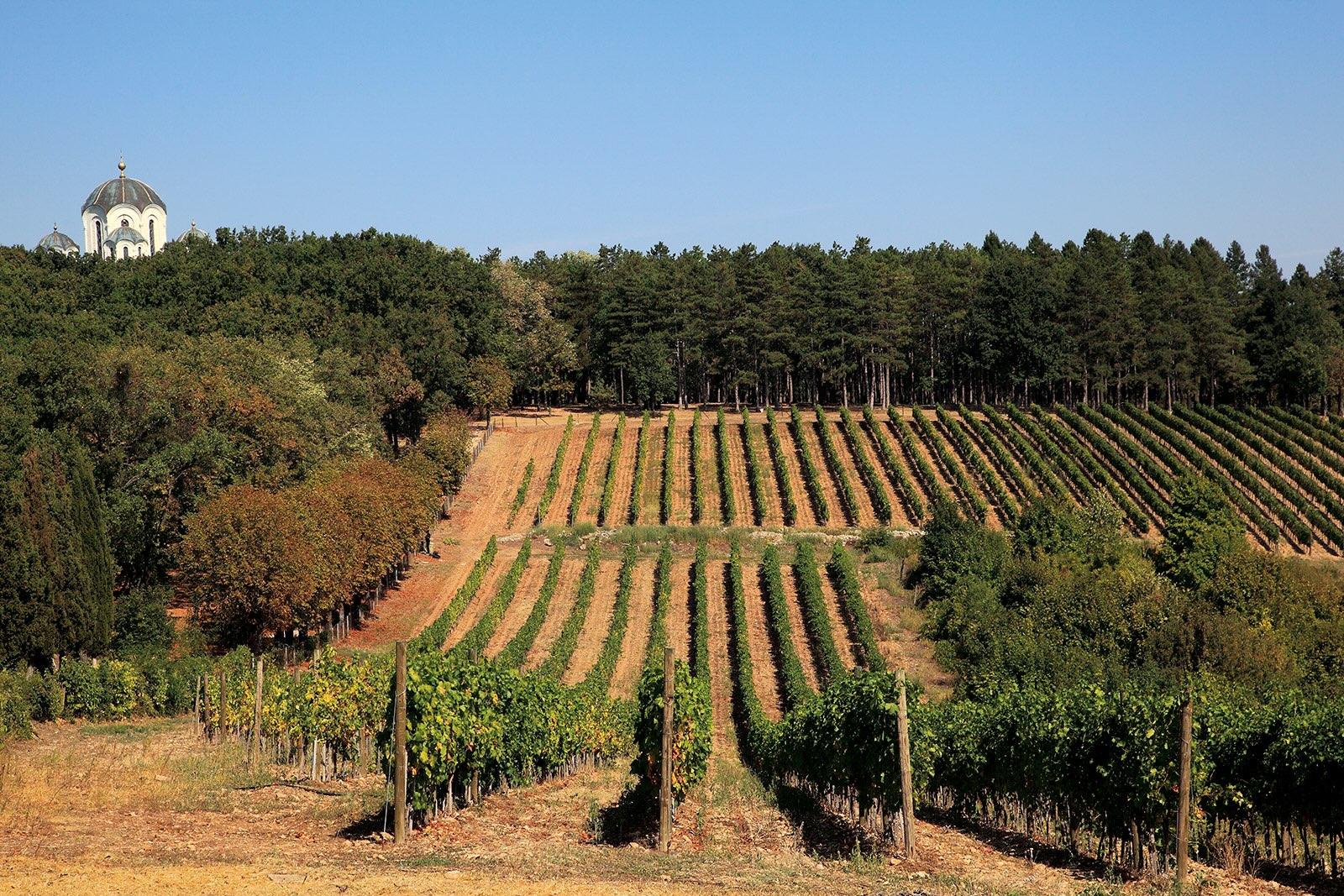
5. Štajerska - Slovenia
I could say it's because of the old town of Maribor and its Guinness World Record grape vine, but no. I could also say it's because of the spa towns of Murska Sobota, but no. The rolling hills of Jeruzalem? Maybe. For the vines winding along the terraces, rising from the valley mist as the sun glints off the gilded spire of the church on the ridge? We're getting closer, but that's still not the real reason. That leaves us with Ptuj, this small town on the river Drava where Vespasian was elected emperor in 69, from where King Stephen V of Hungary - still as Duke of Styria - ruled Styria, where the German population still reached 86% in 1910. Today, Ptuj is a sleepy Slovenian town, but it is strikingly beautiful, with walls of centuries-old houses unbroken by any incongruous modern buildings, the Dominican monastery reflected in the River Drava flowing below, and the former knight's castle dominating the skyline on the hilltop rising from the centre. Good wines are everywhere in the area, whether you head for Maribor, the Croatian border or Ormosd, or even a winery in the centre of Ptuj, where the Wine & Poetry Festival is held every year!
Some of the recommended producers are Ptujska Klet, Statera, Hiša Joannes, Verus
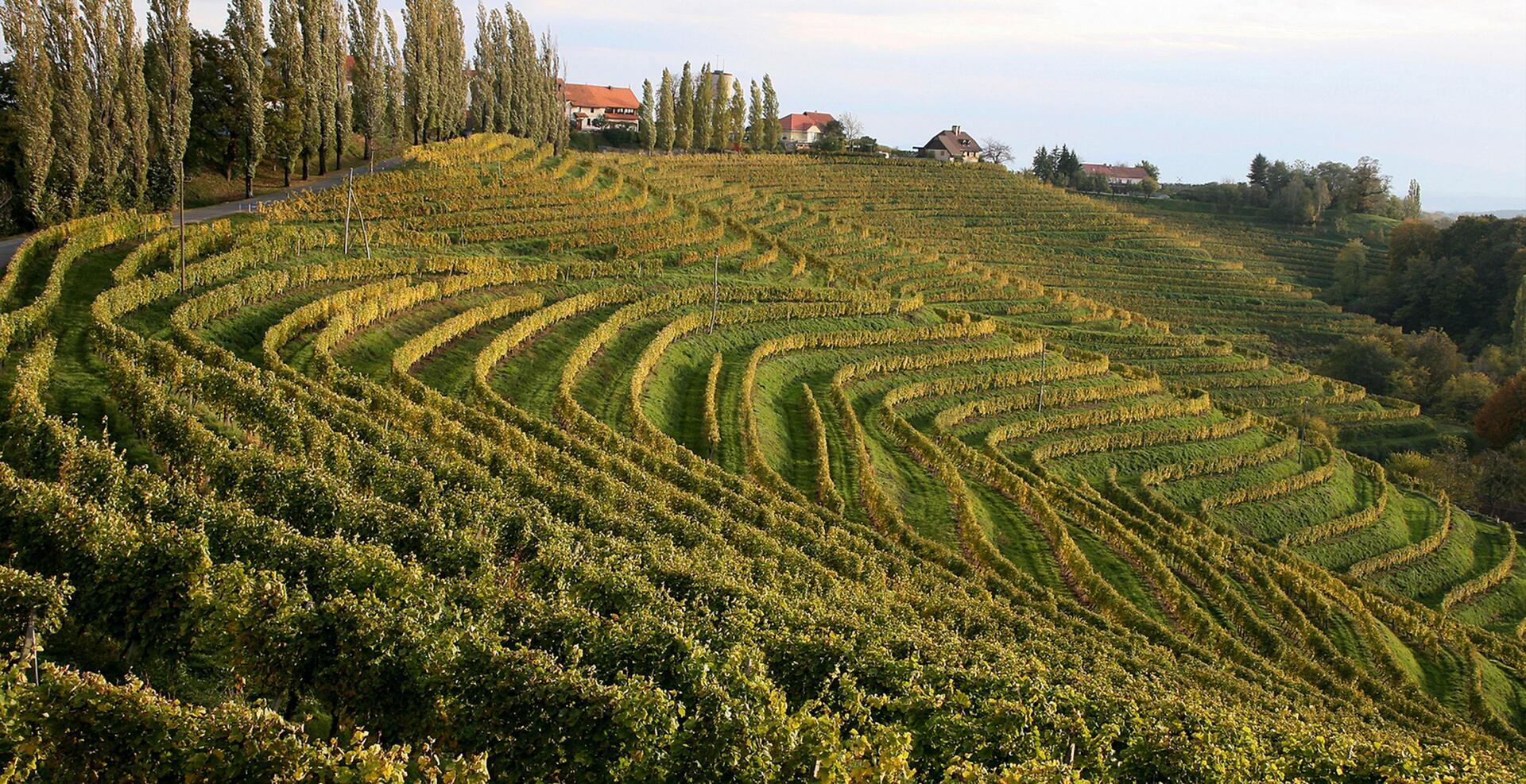
6. Villány DHC - Hungary
In Hungary, I often hear that Villány is boring, the wine of old people. This is typically said by people who don't follow the country's most dynamic wine region at all. It is true that the golden generation of the nineties is getting older, but there are young people coming up from the second line everywhere, Villány has again given the Wine Producer of the Year, REDy is a successful thought experiment to attract young wine consumers, the wine hotels are full, there are more and more successful wine events, international wine competitions and conferences dedicated to Portugieser and Cabernet Franc, more and more good restaurants, and there is no question that the wines are good, and not nearly as overoaked as some people claim. Villány is the only wine region in the country to have its own wine marketing, financed by the winegrowers of the wine region, but it is also a good place to take a boat trip on the river Drava, admire the castle of Siklós or the iconostasis of the world-famous Orthodox church, which even art historians from Belgrade come here to admire. Villány seems to have no real challenger! The not-so-secret tip as a grape variety is Villányi Franc, which is of course Cabernet Franc, with its own protection of origin, and its little brother, the former main grape variety, the lighter Portugieser.
Some recommended producers: Vylyan, A.Gere, Bock, Wassmann
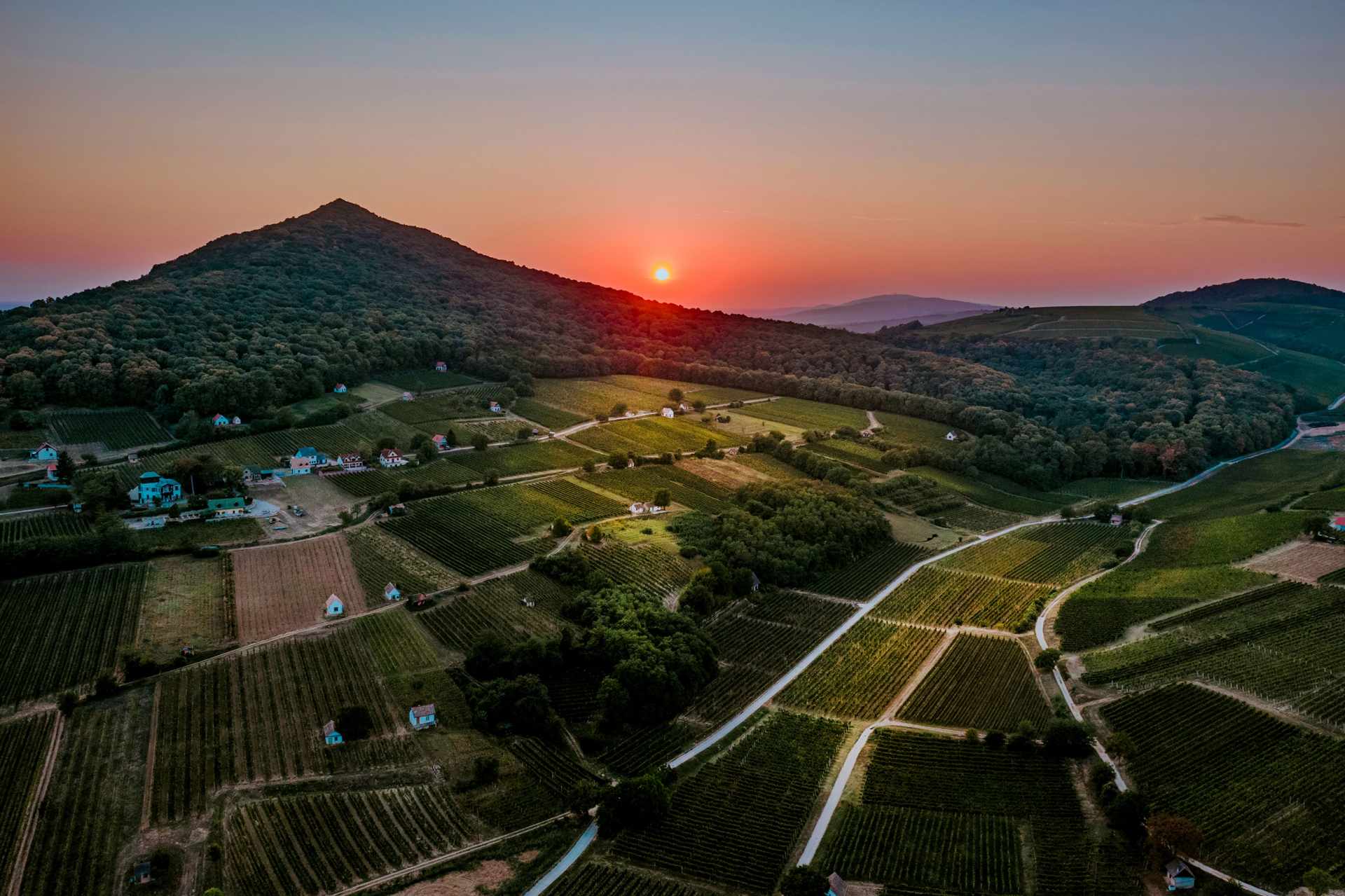
7. 3 rivers valley - Slovakia
In seventh place in my recommendations is a wannabe wine region. Wannabe because it doesn't really exist, it's legally the Južnoslovenski, or Southern Slovakia wine region, but the 3 Rivers Valley is a better way of saying that the Danube, the Hron and the Ipeľ rivers are the ones that define everything here. The core of the region is the andesitic massif of the Burda Mountains and the Muzla hills starting on the other side of the river Hron, and if the main settlements were to be listed, the core area would be Rúbaň, Strekov, Mužla, Bela, Kamenica nad Hronom, Veľky Pesek and Bátorove Kosihy. The natural centre of the region, on the other side of the Danube, is Esztergom in Hungary, which, as the seat of the archbishopric, has for centuries bought up the wines of the region for its communion wine. The current centre of necessity is Štúrovo, with a huge aquapark and a super-vinotheque (called the Dom Vína). The wine region's unique attraction, a rarity in Europe, is a medieval fresco of the outwardly featureless Želiezovce church. In addition, you can paddle on all three rivers, there are cycle paths, and one of the most serious natural wine movements in Central and Eastern Europe was born here thanks to the Autentists.
Some recommended producers are Château Rúbaň, Világi, Bott Frigyes, Château Bela
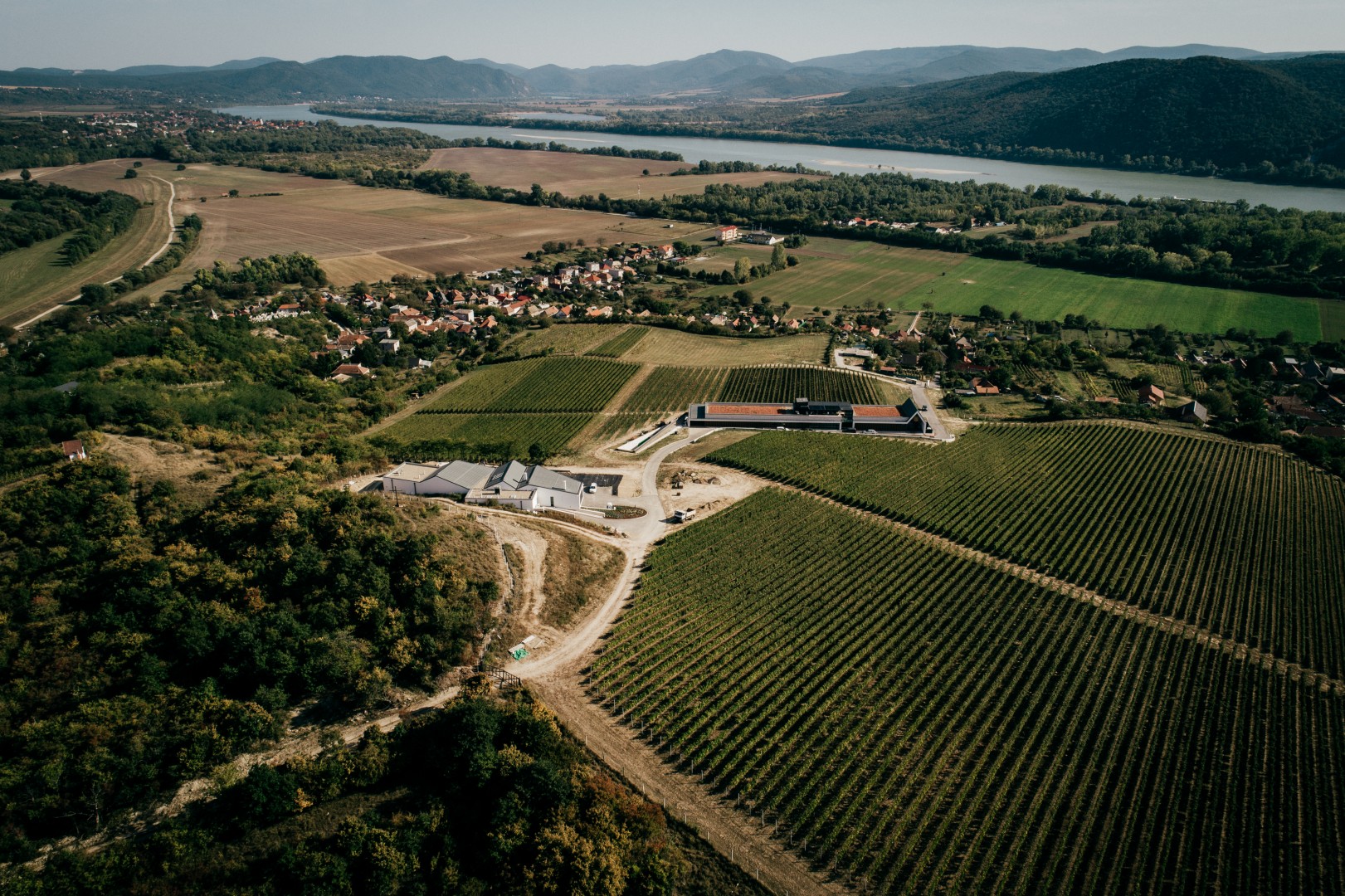
8. Pelješac Peninsula - Croatia
The Croats claim that Marco Polo was born on the neighbouring island of Korčula, and have dedicated a museum to him. Since the completion of the famous bridge to the peninsula, there is no longer any need to prepare passports to enter Bosnia and Herzegovina for a few kilometers, and the journey is much shorter, not only to the Pelješac peninsula, but also further on to Dubrovnik. Visit the town of Ston, if possible, in February when oysters are in season and sold by the roadside for much cheaper than at a downtown market, just make sure you have a knife, a lemon and a bottle of ice-cold champagne! If you're coming in the summer, head to the coastal serpentine village of Podobuče, which has the best restaurant on the peninsula with just a few tables, the owner goes out to fish every morning and serves only what he's caught fresh, so the menu changes daily. The peninsula is home to two of ex-Yugoslavia's most famous protected vineyards, Dingač and Postup, which are based on Plavac Mali, which in these areas ripens into a dense, high alcohol wine, with tannins that test the tooth enamel even at 20 years old, but these vineyards also have a salt seaweed flavour that makes them unique. More recently, the Komarna areas on the coast seem to be catching up with the two big names. It's also an ideal place for a holiday, the only problem being that the big-bodied red wines don't really go well with fish dishes, something the locals try to remedy with a white wine called Pošip from neighbouring Korčula.
Some recommended producers are Saints Hills, Grgić, Korta Katarina, Matuško
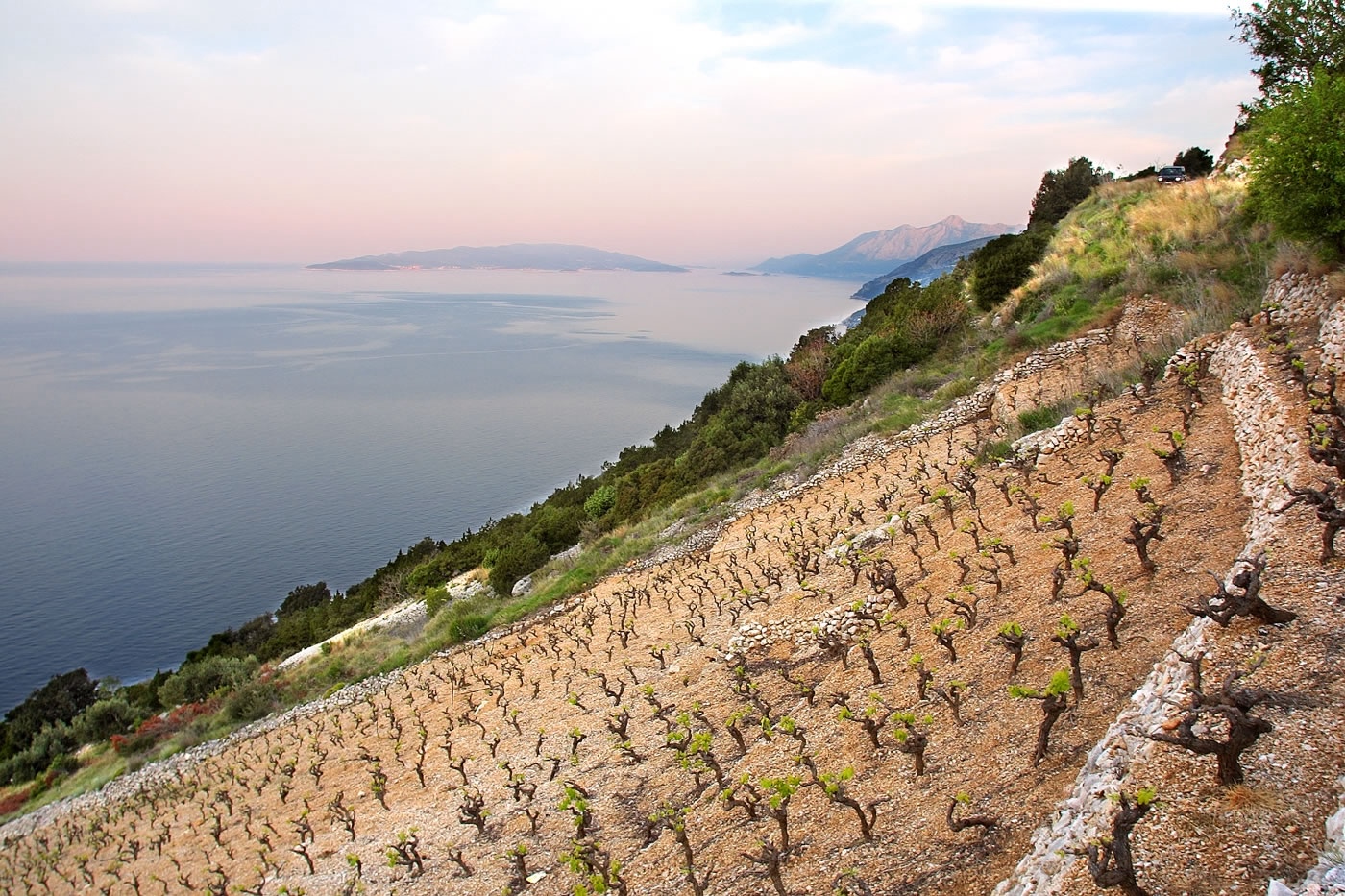
9. Tikveš region - North-Macedonia
The country was famous for its wine and vegetables even in Yugoslavian times, and this has been successfully preserved to the present day. While in all the other ex-Yugoslavian countries (well, except maybe Slovenia) meat is eaten with meat, here the table is filled with cheese tarts and green salads, tomatoes and fruit. As for the region, the town of Kavadarci on the map, towards the Greek border, is the centre, the town to visit for nothing but wine, and then some! On the northern border of the region, there is also the ruined city of Stobi, with its amazing ancient mosaics, and the Vardar River valley where the motorway to Thessaloniki runs. Getting back to wine, Kavadarci also has a nice Wine Museum, although it's as if they couldn't decide whether to turn it into a wine cellar, ethnographic exhibition or concert hall, while in the centre is one of Europe's largest wineries, the gigantic Tikveš. Of course, there are also quite small micro estates nearby and elite wineries, but everything really dwarfs Tikveš. The main grape variety is Vranec, or black stallion, which is an extremely good sugar collector, 15% alcohol is the lower limit here, I have tasted red wines with 18% alcohol, but there is always extremely high acidity alongside the jammy aromas, so you can taste surprisingly well balanced wines. If this grape variety does so well in the heat, perhaps it should be planted in all sub-Mediterranean regions?
Some recommended producers: Bovin, Popovi, Tikveš
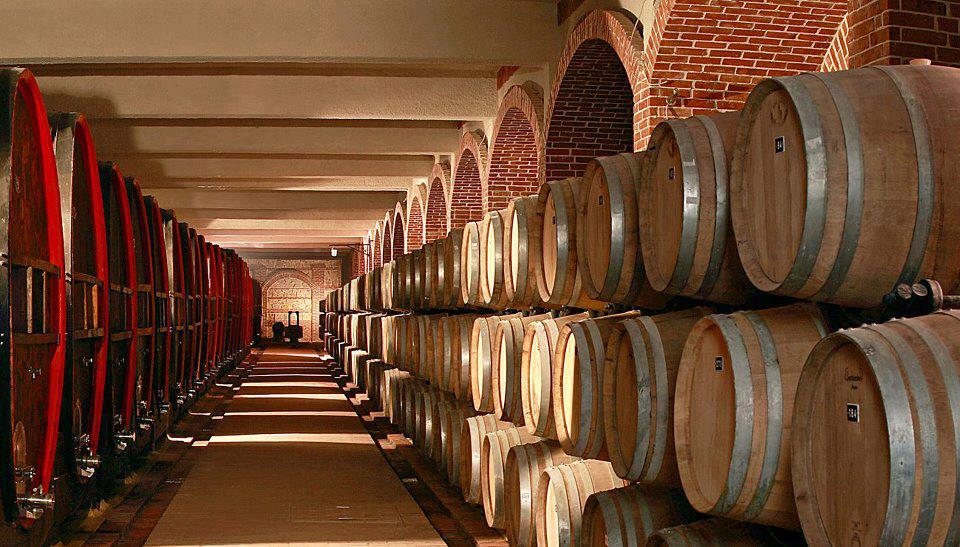
10. Lechinţa DOC - Transylvania, Romania
We are in northern Transylvania, in the Bistrița region, which still preserves traces of its former Saxon inhabitants, especially in its architecture. It's shocking to see the huge Saxon bourgeois houses in the villages of the area that were emptied during the Second World War and the regime that followed (Ceausescu received a bounty from the German state for every German who resettled in Germany, so he literally sold out the survivors)! Meanwhile, more and more houses are being bought by wealthy city dwellers or Westerners in search of their roots, which goes hand in hand with renovating facades. It is quite shocking that in a village near Bistrița, in Jelna, in the ruins of a collapsed Lutheran Saxon church with a collapsed roof and collapsed walls, art historians have discovered an early copy of Navicella, and now the whole region is working as one to preserve it and create a future museum. The region, having a cooler climate, tends to produce white wine, which is a characteristic of Transylvania anyway, as well as the grape varieties of Fetească Albă and Fetească Regală, but the region also produces the most expensive Romanian red wine, of course from Fetească Neagră. There are medieval churches in the area too, but it's only a few hours' drive to the Painted Monasteries in Bucovina, as well as Maramures, famous for its wooden churches. The Crama Jelna is not only a winery but also a wine hotel, with an indoor pool, a super restaurant, the best coffee in Bistrița is next to the great church, but the iconic castles of the Mures Valley are not far away. Northern Transylvania and the Bistrița region has enough attractions and super wines for a week of wine tourism in 2024!
Some recommended producers are Liliac, Jelna, Priponit, Zaig
